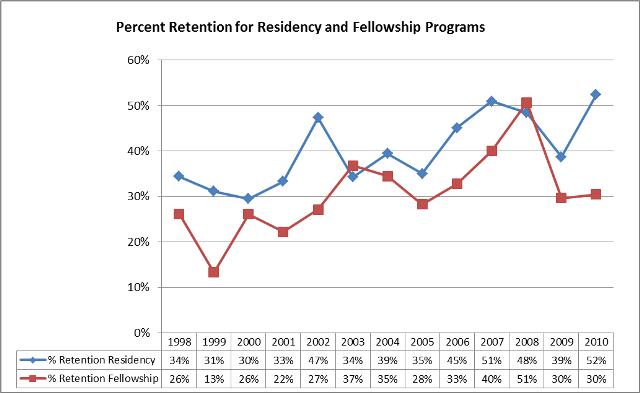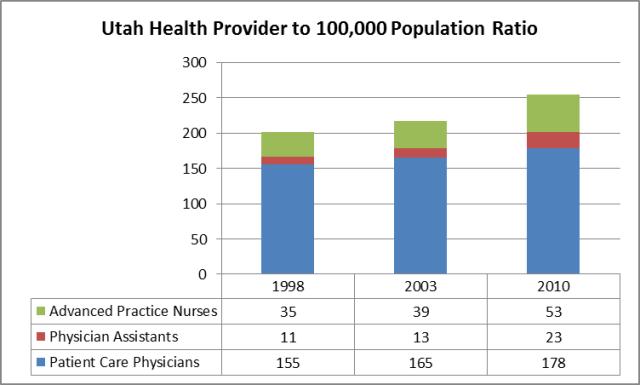Compendium of Budget Information for the 2013 General Session
| Higher Education Appropriations Subcommittee | ||||||||||||||||||||||||||||||||||||||||||||||||||||||||||||||||||||||||||||||||||||||||||||||||||||||||||||||||||||||||||||||||||||||||||||||||||||||
| <-Previous Page | Subcommittee Table of Contents | Subcommittee Summary-> | ||||||||||||||||||||||||||||||||||||||||||||||||||||||||||||||||||||||||||||||||||||||||||||||||||||||||||||||||||||||||||||||||||||||||||||||||||||||
Group: Higher Education - Medical Education Agency: Medical Education Council Function The Utah Medical Education Council (UMEC) focuses its efforts in three major areas: (1) retaining the Utah trained healthcare workforce, (2) facilitating rural training opportunities, and (3) strengthening public-private partnerships. Additionally, the UMEC is identifying approaches that use revenue sources more efficiently to stabilize funding for clinical training programs. However, within the past year changes to rules by the CMS, combined with economic factors, have led to diminished funding to the UMEC from teaching hospitals. This funding comprised the Dedicated Credits Revenue for the Council. Historically, federal funding for state medical education was sent directly to hospitals providing healthcare workforce training. As part of the Center for Medicare and Medicaid Services (CMS) Demonstration Project, the UMEC received and disbursed federal funds for Graduate Medical Education (GME) expenses allowing the UMEC to directly tie the funding of medical education to workforce needs. By utilizing data from workforce surveys prepared by the Department of Workforce Services and the Division of Occupational and Professional Licensing, the UMEC determines where the most critical healthcare workforce needs are in the state and enters into contractual agreements with institutions that provide medical education training. In this way, the UMEC helps to alleviate shortages of healthcare professionals, particularly in rural and underserved communities. Statutory Authority The following laws govern the Medical Education Program:
Performance The measure below shows the growth of residency and fellowship positions in Utah.  The measure below shows the retention rates of residents and fellows who received training in Utah.  The measure shows the number of Utah health providers. The largest majority are patient care physicians.  Funding Detail The Medical Education Program funding consists of General Funds and Dedicated Credits (contracts and fees for services). Note: Dedicated credits revenue and nonlapsing balances differ from last year's Compendia of Budget Information due to a change in the accounting of trust and agency disbursements at the Medical Education Council. Table 1: Operating and Capital Budget Including Expendable Funds and Accounts
| ||||||||||||||||||||||||||||||||||||||||||||||||||||||||||||||||||||||||||||||||||||||||||||||||||||||||||||||||||||||||||||||||||||||||||||||||||||||
| <-Previous Page | Subcommittee Summary-> |
COBI contains unaudited data as presented to the Legislature by state agencies at the time of publication. For audited financial data see the State of Utah's Comprehensive Annual Financial Reports.